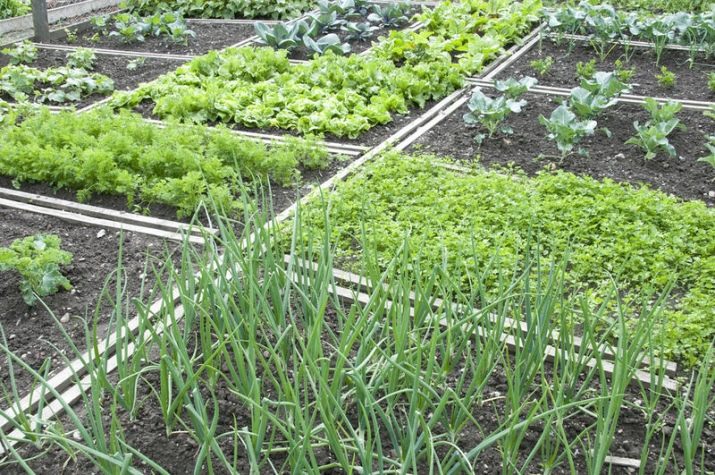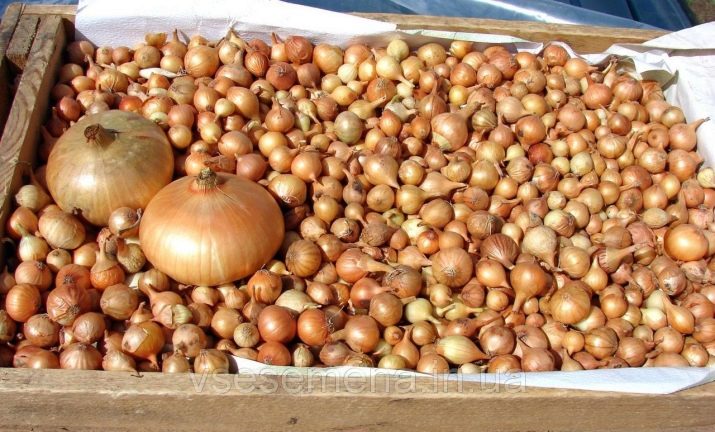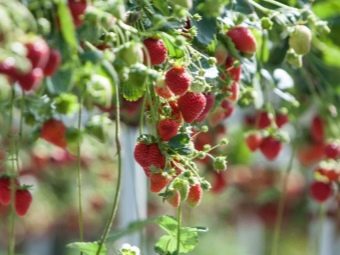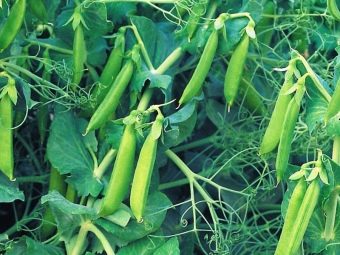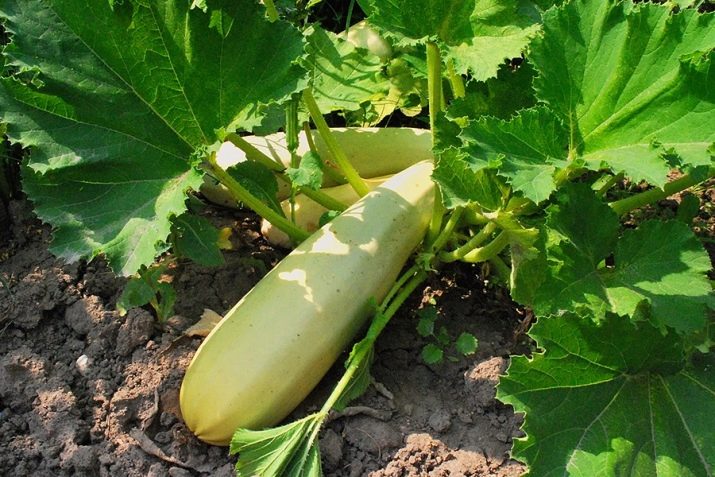What can you plant next to a bow?
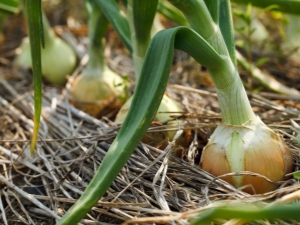
Each summer resident at the site there is a piece of land, given under the garden and garden.In their desire to harvest a big crop, gardeners make the beds at a close distance from each other, without specifying which vegetables can grow together, and which is strictly forbidden to bloom alongside.
Features of culture
A large role in human life is played by onions. Its vitamins are able to destroy microbes present in the body. This useful vegetable is added to almost all culinary delights. And even used in the recipes of alternative medicine.
Knowledgeable gardeners prefer to grow onions onion sets. This type of plant is more resistant to weather conditions, practically does not undergo diseases, does not require much care, and the main thing is that it matures very quickly. You need to know that the bed for planting onions should be chosen more carefully. His predecessors should leave behind a well-groomed soil with a mass of various fertilizers. In general, the ideal ancestors for sevka are zucchini, cabbage and pumpkin.
Planting sevok should be when the earth finally warms up, and the weather stops threatening frost. After planting, the garden can be covered with a film, which will save the plant from accidental morning frost.
The bow loves the sunlight very much, if the plot allows, you can make the beds in a separate bright place. Against this background, taking into account the care of plants, the harvest of onions after ripening will be very high.
Best neighbors
Every vegetable in the garden should have favorable neighbors who can, if necessary, share useful microelements. Onions in this need is no exception. Based on the biological characteristics, this useful vegetable is friendly with almost every plant in the garden. In some cases, can be a defender of pests.
It’s a good idea to plant carrots next to onions. These vegetables are engaged in mutual aid and save each other from pests. Along with this, carrots are on good terms with garlic, which can also be remarkably located on the next ridge.
In this regard, it should be emphasized that garlic is a unique plant. After it, any vegetable can be planted in the same place. But in no case can not plant garlic on a former onion bed. In the neighboring combinations, onions and garlic can coexist beneficially, but planting them on the same bed is strictly prohibited. They will constantly compete for moisture and nutrient entering the soil. After some time, this struggle will lead to the depletion of the soil, which will adversely affect the quality of the crop.
Good neighborhood will be able to make varieties of cabbage row of kohlrabi and broccoli. Representatives of the cabbage species appreciate abundant watering, and onions will not mind getting more moisture. It is undesirable to plant these vegetables in one bed. Cabbage shoots can partially block the sunlight coming to the onion sprouts, which will affect the quality of the crop.
Onions take a good view of potatoes and beets on the next bed. Beet, thanks to a good neighborhood, will bear fruit more often in time and larger in size. Ever since the beginning of the planting of beet shoots, the onion leaves save the sprouts of the neighbor from the bright sunlight. Within a few days of such care, beet sprouts become stronger and begin to grow rapidly.
For onions, it is considered acceptable to have a tomato in the neighbors. To be more precise, then guard the tomato planting from the attack of aphids and earthen fleas.
And the next year, making a rearrangement in the garden, it can be planted on former tomato beds. The soil in this place will be loose, fertilized, all as the bow needs for maximum growth.
In no case should cucumbers and onions be planted in the same garden, as many gardeners have begun to do, just next door. Cucumbers require huge irrigation, which can drown growing vegetables near. But as neighbors they can help each other.
Peppers can be planted near the onion.It has a positive effect on its Bulgarian neighbor, stimulating its growth, feeding on healthy minerals and scaring off harmful insects.
The strawberry growing next to the onion feels extremely secure. Its sprouts constantly save strawberry bushes from rot, feed them with useful enzymes and help to grow a good harvest.
Onions and dill can be made neighbors in the garden. They will be able to help each other with the exchange of beneficial trace elements that are beneficial to growth. In addition, they can be planted together in the aisle of tomatoes so that they can protect the tomatoes from blight.
What can not be combined?
In addition to the favorable neighborhood, there are plants that are strictly forbidden to plant near the onion beds.
For example, classic cabbage. Unfortunately, there is no consensus regarding the combination of these vegetables. Some say that onions give cabbage the power of growth and drive pests away from it. Others argue that there is no sense from their neighborhood, the cabbage, with its dimensions, closes the sun's rays on the onions, thereby limiting its growth.
Beans and peas in the neighboring beds will not do any good. The same applies to the beans, on which the onion inflorescences are configured with aggression. The proximity of these plant species can adversely affect the yield of onions.
The rest of the vegetable and fruit neighborhood for onions is not a problem. The vegetable is unpretentious, although it requires care during growth. With him, you can even combine planting, not only next door, but also on the same row.
The main thing is to remember that planting onions in one place for more than three years in a row is impossible; it is necessary to alternate plantings.
Valid options
Any rule has its own specific exceptions, the same applies to the onion neighborhood with some representatives of vegetables and greens.
Squashes can be considered as one of the acceptable neighborhood options. According to the characteristics of this vegetable has a tremendous similarity with onions. For both of them, landing in the cool season is unacceptable only after the arrival of stable heat. The processes of growing zucchini and onions are very similar, they do not constitute a lot of work and effort for a person. It is required to produce abundant watering of plants, periodically loosen the soil above the plantings and remove harmful weeds.
It has long been proven that the combination of vegetables and various greens on the beds is considered acceptable. They do not interfere with the growth of their neighbors; on the contrary, they enrich them with the necessary microelements and minerals on mutual conditions.
The combination of onion beds with parsley can be regarded as a neighborhood of beauty and health, and the combined growth will bring a huge harvest of high-quality vegetables and a lot of bunches of fragrant herbs.
The main feature of parsley is its beneficial properties both during cultivation and in the process of consumption. Parsley nourishes the root system of its neighbor, thereby exchanging beneficial trace elements that stimulate plant growth. Onions, in turn, protects its green neighbor from pests.
Salad is considered to be a cold-resistant crop, which gives a harvest even at the beginning of frosts. This green loves sunshine, but you can create an artificial shadow so that bright rays do not leave burns on the leaves. Salad does not like to sit on the same bed for several years in a row. Every year a change of place is required. But onions must be present in the neighbors. Greens will share with the vegetable useful enzymes, and onions will protect their green neighbor from the attack of aphids.
Tips on the right combination of vegetables on one bed, see the following video.

